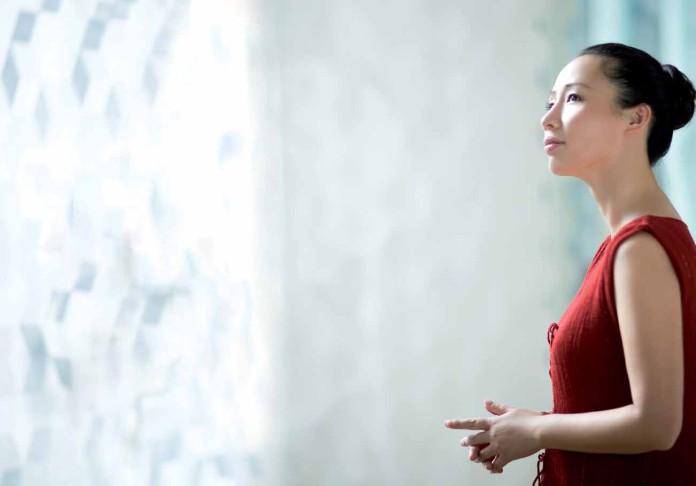“China” and “luxury” are the key words on everyone’s lips today; here are five things Shanghai-based luxury PR specialist Chloe Reuter says everyone needs to know about luxury in China
GOING DIGITAL
With the largest population of Internet users in the world, China is the ultimate playground for digital marketeers. China’s luxury buyers are younger compared with those in traditional luxury markets. They are techsavvy and spending an increasing amount of time on their computers and smart phones. In the next couple of years the dominant luxury buyers will be aged between 25 and 35. The potential of luxury online shopping is huge. Official online stores also play a part in reassuring customers that they are buying genuine items – not a small concern in a country full of fakes.
DIVERSITY
The sheer size of the country and huge disparities in economic and cultural development between regions means there is no single Chinese luxury consumer. It is a heterogeneous market with distinctively different groups. While most of the country is still in the process of being introduced to the concept of luxury, the most affluent and discerning consumers are going beyond fashion and accessories. Art collections, private jets, European-style private education and custom-made luxury trips are just a few examples of the luxury market in China becoming more mature and diverse.
OWN BRANDS
China has a long history but few Made in China luxury brands. That is changing with the introduction of new brands like Shang Xia. The brainchild of Artistic Director Jiang Qiong Er, the concept was realised with the backing of Hermes. Shang Xia gives new life to traditional Chinese craftsmanship in contemporary designs in furniture, porcelain, clothing and jewellery. Tapping into Chinese heritage has big potential: understanding Chinese heritage is smart and definitely resonates with a refined luxury consumer content to mix western and Chinese brands.
NORTH AND WEST
Luxury is moving away from the obvious premier tier cities. China’s rich do not only live in Shanghai, Beijing, and Guangzhou. Luxury brands are waking up to this and beginning to focus on building brand awareness in other markets. Chongqing, with one of China’s highest GDPs, is becoming a mecca for luxury brands with Gucci, Prada and Louis Vuitton all setting up shop there. Prada will soon open in Chongqing. And don’t forget Harbin, Dalian, Wenzhou, Taiyuan, Urumqi – the battle of the luxury brands will definitely be played out in these areas as well.
PERSONAL SERVICE
The last two years have seen a spectacular increase in Chinese tourists visiting Europe and the US, stimulating interest and curiosity. As a consequence, luxury consumers in China are looking for new experiences. Luxury is not necessarily only about brands in China: witness the interest shown by Chinese visitors for Delvaux bags in Brussels. Key to success is going beyond the big numbers, and understanding what consumers are trying to achieve, thus helping them fulfil their dreams and goals. What makes the item luxurious is how it makes the consumer feel, and the message it sends to that person’s entourage.
Offering luxury in China, therefore, means offering a personal relationship, characterised by knowledge and expertise. For wealthy consumers, the big price tag and the label does not necessarily equate luxury. However, a personalised service, a unique experience, will give them the edge over their peers.







